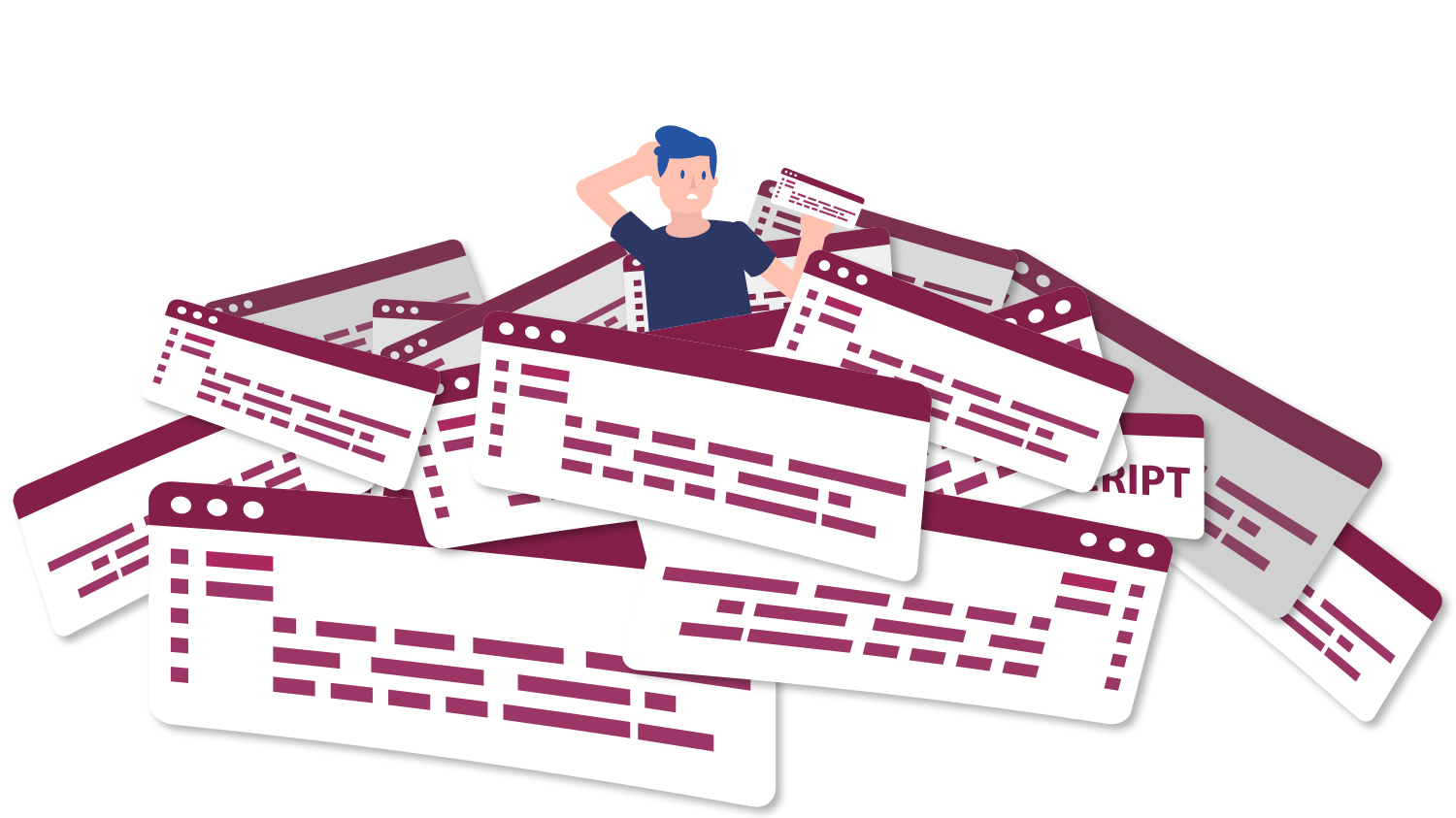Why aren’t accessibility best practices part of WCAG success criteria?
Question
Answer
The Web Content Accessibility Guidelines (WCAG) are not an exhaustive list of all possible accessibility considerations or techniques, and some common accessibility advice is not included in the success criteria. There are several reasons for this.
Proposed updates to the WCAG success criteria are heavily vetted before becoming full recommendations, and they change infrequently. This makes the criteria very stable, and also means they don’t update as frequently as the ideas and technologies that affect web accessibility. Some advice that is currently considered best practice may eventually become part of WCAG conformance, or it may become unnecessary as technologies improve.
The WCAG also limit success criteria to statements that are testable in ways that lead to consistent results. Some techniques aren’t clearly testable in this way, so they are not part of the success criteria even though they are a beneficial accessibility practice.
WCAG documentation does include advisory techniques, which are suggested strategies for enhancing accessibility. The advisory techniques are updated more frequently than the success criteria. They are also non-normative (meaning "not required"), but they are excellent to consider.
When deciding whether to implement a best practice or advisory technique, prioritize your audience. The thoughtful use of best practices can mean the difference between web content that’s “technically accessible” and web content that is easy and efficient for users with disabilities.
Ready to refine your webpage or web app's accessibility? Contact Accessible Web about accessibility testing.


